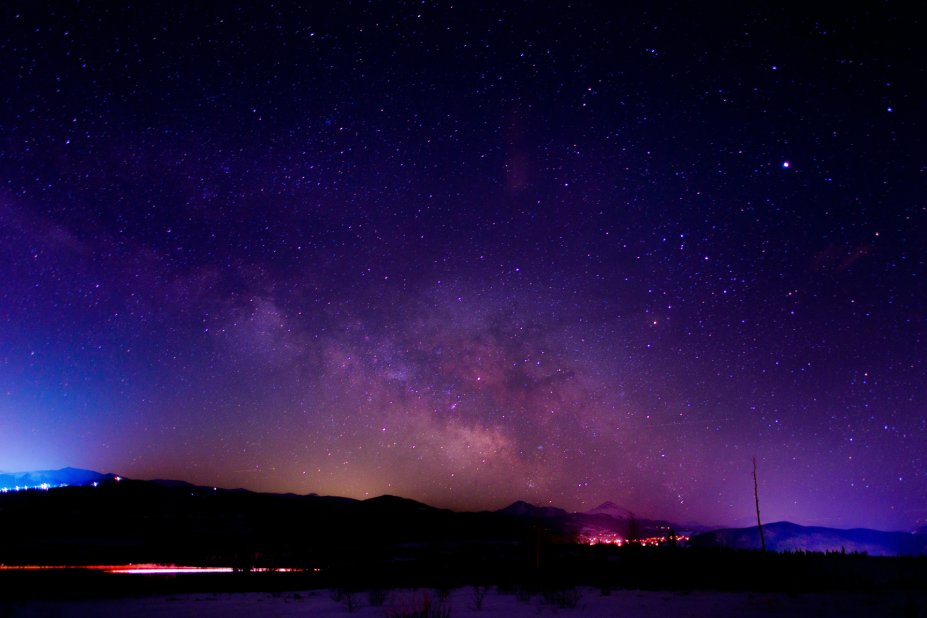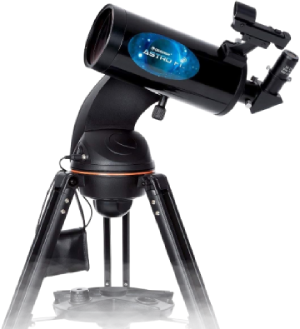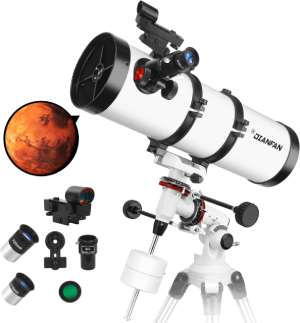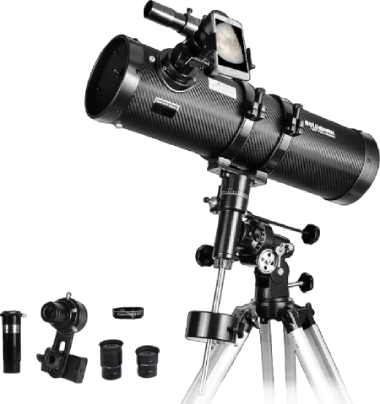Stargazing has long been a peaceful and awe-inspiring hobby for astronomy enthusiasts, families, photographers, and curious beginners. Whether you're looking to witness a spectacular meteor shower, catch a rare lunar eclipse, or marvel at a planetary conjunction, 2025 offers several celestial events that are worth planning your nights around.
Why 2025 Is a Big Year for Stargazers

But to make the most out of these stargazing nights, you’ll need the right telescope and accessories to truly capture the magic. In this guide, we’ll walk you through the top astronomical events in 2025 and recommend some must-have gear for beginners and intermediate stargazers alike.
Top Stargazing Events in 2025
1. Total Lunar Eclipse – March 14, 2025
A total lunar eclipse will be visible across parts of the Americas and the Pacific. The moon will turn a reddish hue, best viewed with a 70–90mm refractor telescope for wide views and color clarity. Recommended Gear:- Celestron AstroMaster 70AZ – Great beginner scope with easy setup.
- Orion GoScope III 80mm Travel Refractor – Portable and perfect for capturing eclipses.
2. Lyrid Meteor Shower – April 21–22, 2025
This reliable meteor shower can produce up to 20 meteors per hour, especially just before dawn. Binoculars or wide-field telescopes work best here. Recommended Gear:- Celestron SkyMaster 15x70 Binoculars – Budget-friendly and perfect for meteor showers.
- Zhumell Z114 Portable Reflector Telescope – Excellent wide view and portability.
3. Saturn at Opposition – August 28, 2025
This is the best time to observe Saturn and its rings when the planet is closest to Earth. 130mm reflectors or GoTo telescopes help you zoom in on planetary detail.Recommended Gear:- Sky-Watcher Heritage 130P – Portable, powerful, and beginner-friendly.
- Celestron NexStar 6SE – GoTo mount, excellent for planetary detail and tracking.
4. Partial Solar Eclipse – September 21, 2025
Visible in parts of Europe, Asia, and Africa. Always use solar filters or solar telescopes when observing the Sun.Recommended Gear:- Celestron EclipSmart Solar Telescope – Designed specifically for safe solar viewing.
- Solar Filter Sheets – Affordable add-on for existing scopes.
5. Geminid Meteor Shower – December 13–14, 2025
One of the year’s most spectacular showers with up to 120 meteors per hour. Best observed from dark sky areas with wide-view binoculars or naked eyes. Recommended Gear:- Nikon Action EX 10x50 Binoculars – Waterproof and great for general astronomy.
- Lounge Chair + Star Map App – Sometimes simplicity is all you need!
✨ James Webb Nebula Gallery
Buying Guide: Choosing the Right Telescope or Binoculars
Before diving into your 2025 stargazing adventures, it’s essential to select the right optical gear based on your personal needs and viewing interests.
Start by defining your stargazing goals. If you're fascinated by the moon's craters, Saturn's rings, or Jupiter's moons, you'll want to invest in a refractor or reflector telescope, which offer detailed planetary and lunar views. On the other hand, if you're more into watching meteor showers or scanning the night sky for constellations, binoculars or wide-field telescopes will be more suitable thanks to their broader field of view.
Next, consider the balance between portability and power. Those who plan on traveling to dark-sky locations will appreciate a lightweight and compact model that’s easy to transport. However, if you’re observing mostly from your backyard, a heavier and more stable telescope can provide greater viewing precision and better image quality.
Budget is another key factor. Entry-level telescopes typically cost around $100 to $250, making them ideal for beginners or casual users. If you're looking for advanced features like motorized tracking or GoTo functionality, expect to spend $300 to $800. Don’t forget to budget for accessories like tripods, mounts, and solar filters, which can significantly enhance your viewing experience.
Finally, focus on lens quality and aperture size. A larger aperture allows more light to enter the telescope, resulting in brighter and sharper images, especially useful in low-light conditions. Look for coated optics, which help reduce glare and improve contrast when viewing distant celestial bodies.
Ready to Watch the Sky Come Alive?


